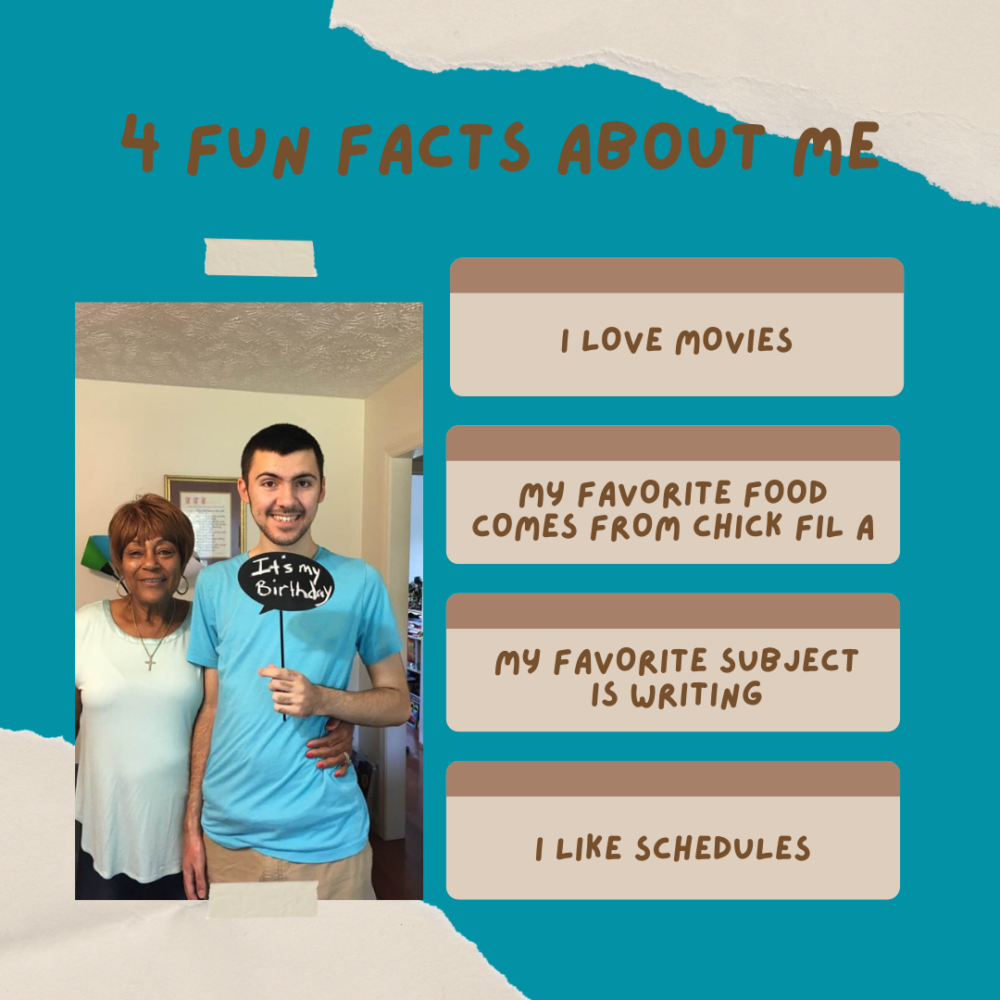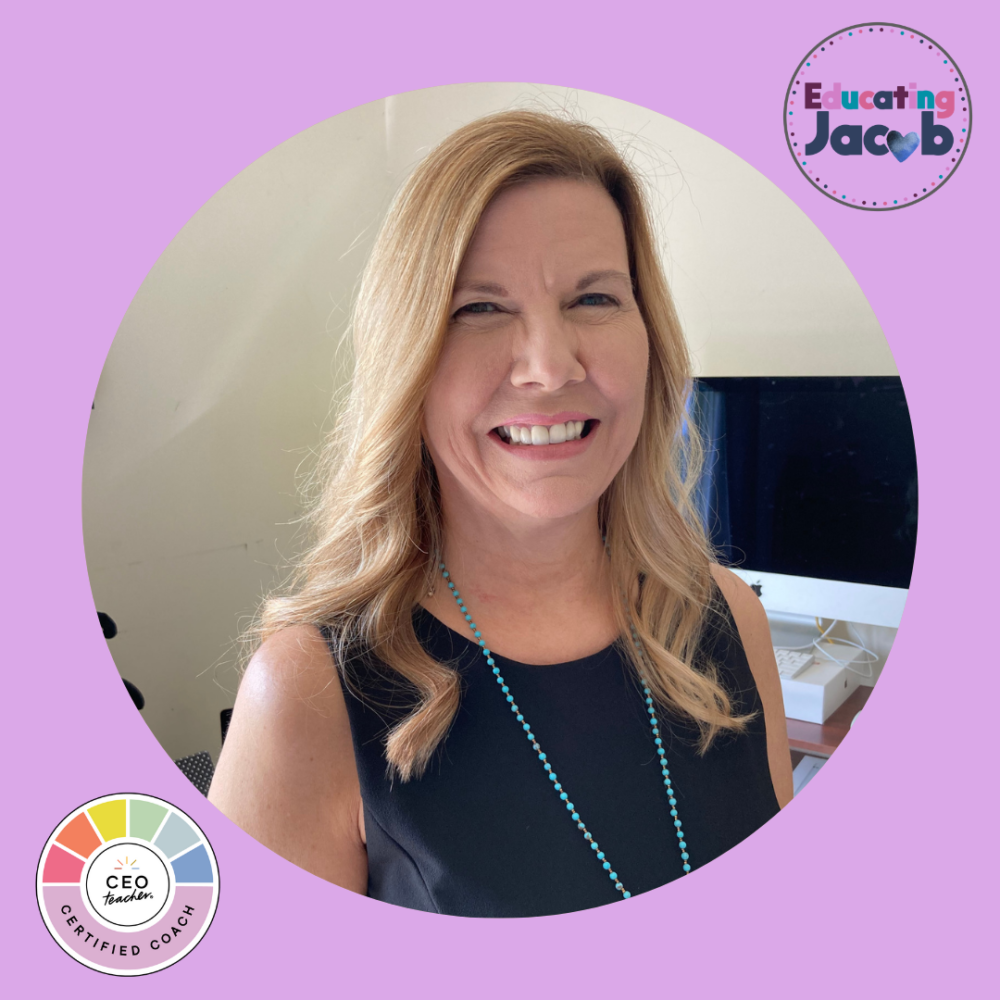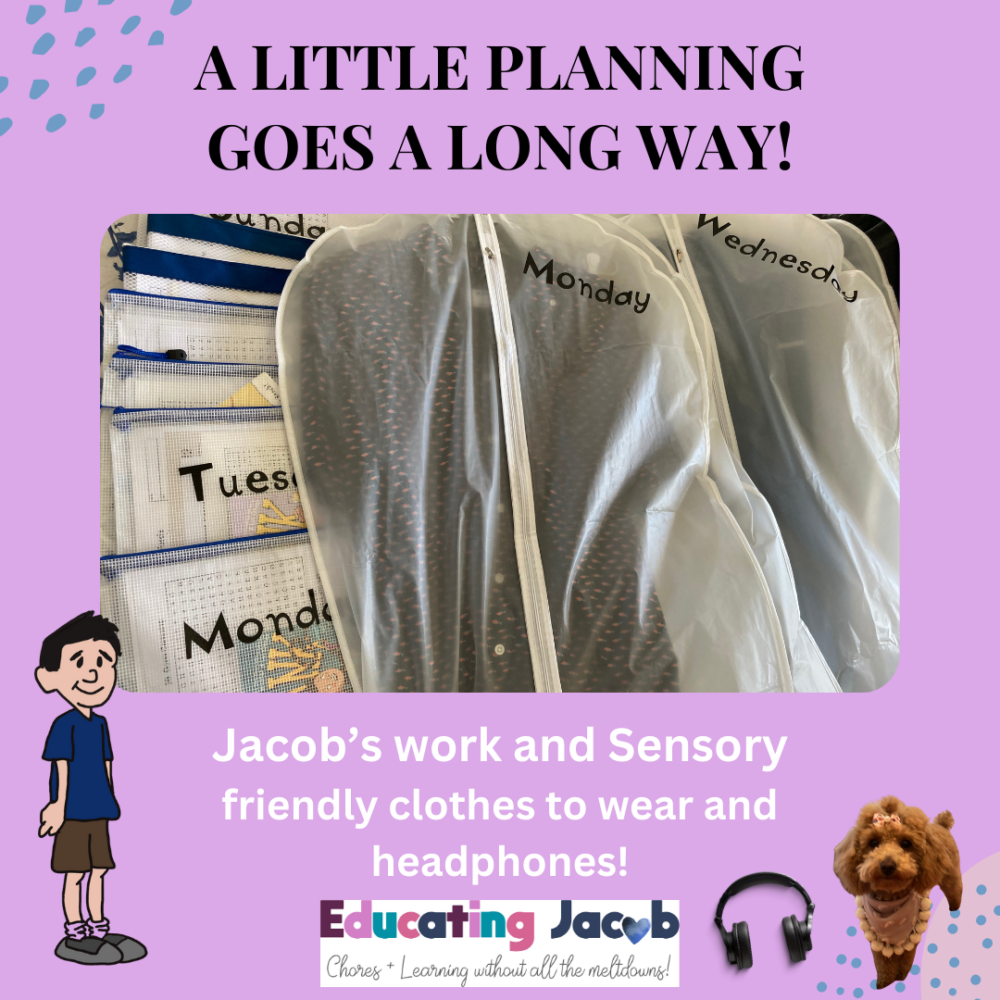Tired and Frustrated Mom! Sensory Challenges for the Autism Spectrum
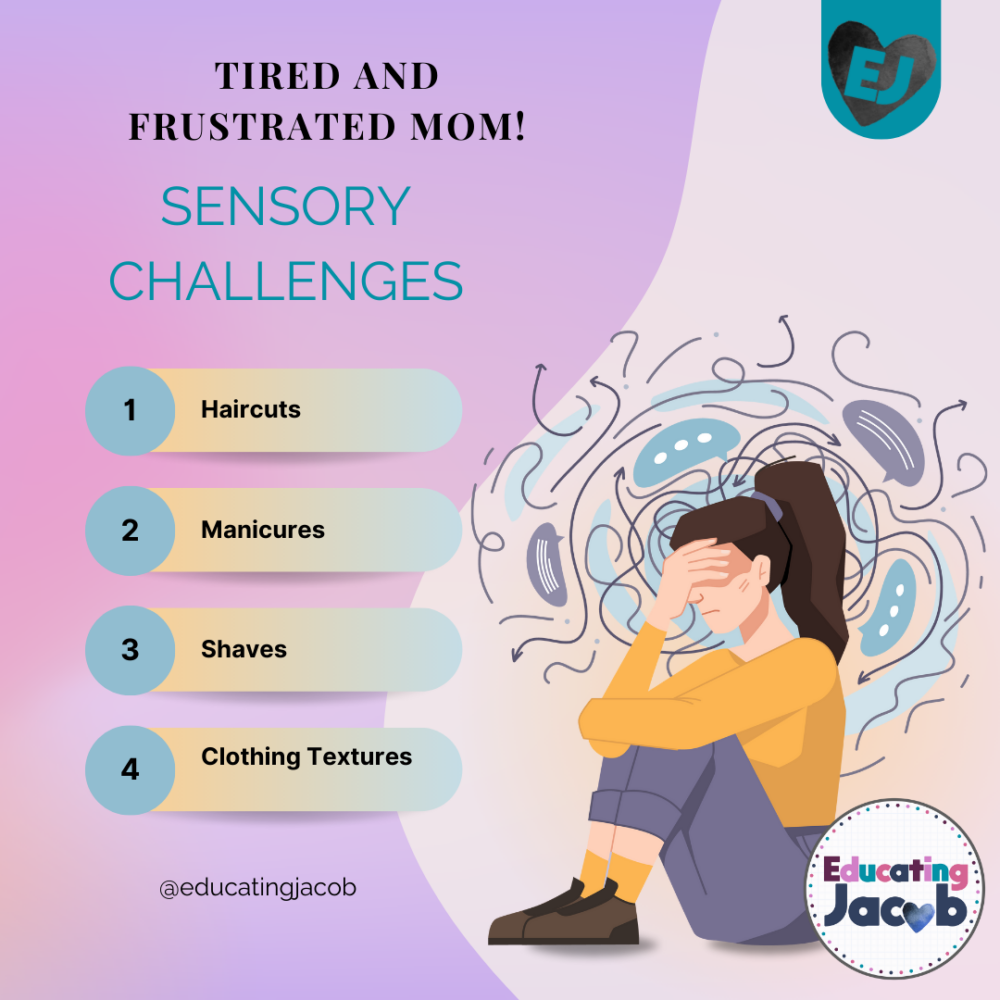
Tired and Frustrated Mom!
Picture this: It’s a sunny afternoon, and I’m gearing up for what most people would consider a mundane task—cutting Jacob’s hair. But let me assure you, when it comes to Jacob, even the simplest tasks have the potential to rival a Hollywood blockbuster.
As I approach him with the scissors in hand, it’s as if I’m about to face the final showdown with a galactic villain. Will he embrace this haircutting quest with the grace of a Jedi, or will it turn into a dramatic performance worthy of an Oscar?
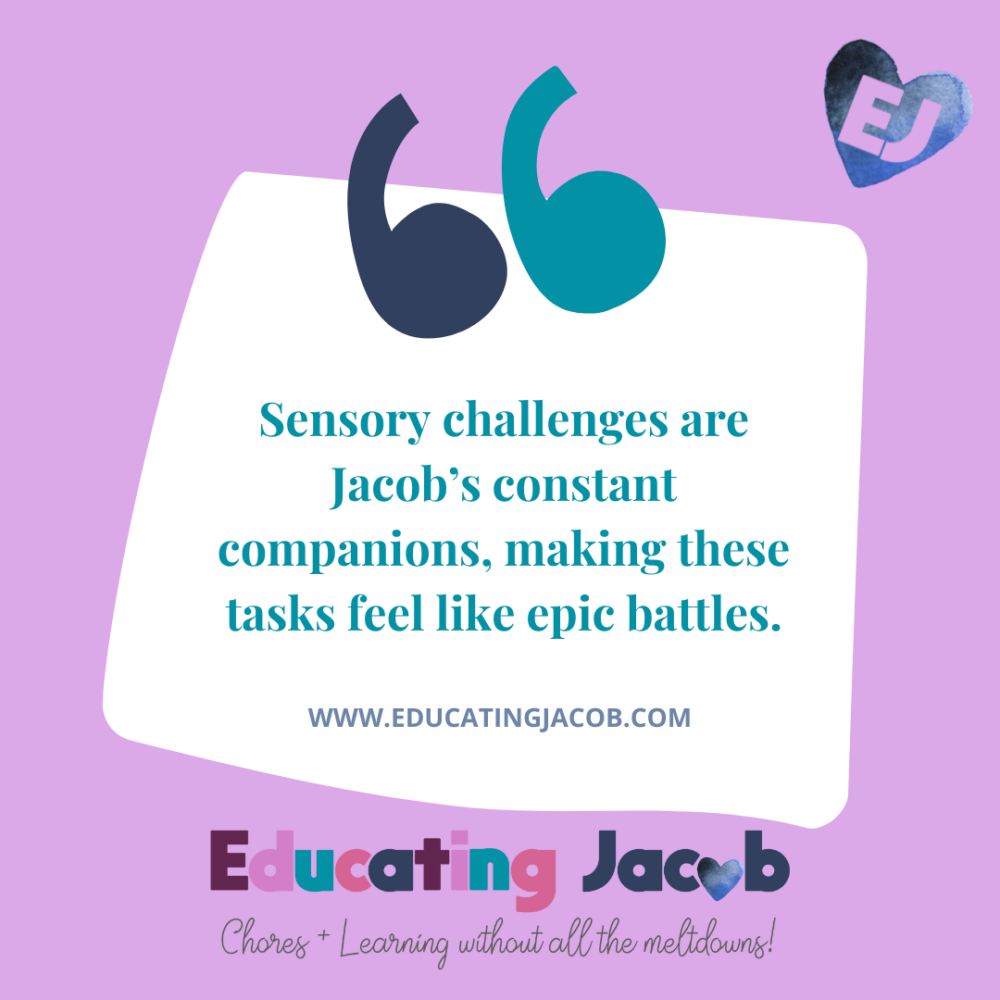
Hygiene, haircuts, nails, shaving, and clothes—these daily routines that most of us take for granted are an entirely different universe for Jacob. Sensory challenges are his constant companions, making these tasks feel like epic battles. But fear not, for we have a secret weapon: the power of schedules. Not sure about schedules check out this post: https://educatingjacob.com/how-using-schedules-can-change-your-childs-life/
Sensory Challenges for Autism Spectrum
I’ll be the first to admit that when I started this journey with Jacob, I often felt like a tired and frustrated mom. 😩 The sensory challenges that come with autism can be overwhelming. It’s like trying to solve a puzzle while blindfolded, with the pieces constantly changing shape. 🧩❓
One of our greatest challenges was navigating Jacob’s sensory sensitivities during basic hygiene routines. Let’s dive into the world of sensory challenges and how the CALM framework turned overwhelming tasks into manageable routines. 💡✨
Sensory Challenges and Autism Spectrum

I’ll be the first to admit that when I first started this journey with Jacob, I often found myself feeling like a tired and frustrated mom. The sensory challenges that come with autism can be overwhelming. It’s like trying to solve a puzzle while blindfolded, with the pieces constantly changing shape.
One of our greatest challenges was navigating Jacob’s sensory sensitivities when it came to basic hygiene routines. Let’s dive into the world of sensory challenges, shall we?
Haircuts: A Battle of Epic Proportions
Imagine trying to cut the hair of a child who is hypersensitive to touch and sound. For Jacob, haircuts were akin to entering the lair of a fire-breathing dragon. 🐉🔥 The slightest snip of the scissors could send him into a tailspin of sensory overload.
The CALM Solution:
- C: Consistent Action Forward: We scheduled haircuts on a recurring basis, making them a predictable part of Jacob’s routine. 📅
- A: Always Celebrate Wins: After every successful haircut, we celebrated with a reward Jacob loved, like extra screen time or a special treat. 🎉🍭
- L: Learning to Create Schedules: A visual schedule showed Jacob what to expect, from setting up the haircut station to the reward waiting at the end. 🖼️✅
- M: Mindset: I approached each haircut with calm and patience, reminding myself that progress is more important than perfection. 🧘♀️💪
Manicures: Navigating Tactile Sensitivities
Clippers and nail files were another sensory battlefield. Jacob’s tactile sensitivities made nail care feel like climbing Mount Everest barefoot. 🏔️🦶
The CALM Solution:
- C: Manicures became part of our weekly routine, always done at a time when Jacob was relaxed and calm. 🕰️🌈
- A: We celebrated small wins, like clipping one hand successfully before taking a break. 🎊👍
- L: A sensory-friendly setup included Jacob’s favorite textures and soothing activities. 🛋️🧸
- M: I reframed setbacks as opportunities to learn what worked best for Jacob. 🔄🌟
Shaving: The Quest for Sensory-Friendly Solutions
As Jacob grew older, shaving became a new sensory challenge. The vibrations and sensations of an electric razor were overwhelming. ✂️🔊
The CALM Solution:
- C: We experimented with different tools, starting with gentle, sensory-friendly options like manual razors. 🪒
- A: Every small success—even just touching the razor—was celebrated. 🎖️🙌
- L: We built shaving into Jacob’s visual schedule, breaking it into manageable steps. 🗂️✨
M: A calm, encouraging environment helped Jacob feel safe and supported. 🛡️💙
Clothes: Navigating Fabric Sensitivities

Jacob’s strong preferences for certain textures turned getting dressed into a daily negotiation. 👕👖
The CALM Solution:
- C: We provided a selection of sensory-friendly clothing options that Jacob could choose from each morning. 🧺👔
- A: Jacob’s independence in picking his outfits was celebrated with high-fives and verbal praise. 🙌👏
- L: Visual schedules included getting dressed as part of his routine, creating consistency. 🖼️✔️
- M: Empowering Jacob with choices reduced resistance and increased cooperation. 🛍️😊
Have Hope!
Take heart—this journey was no easy feat, and there were moments when I felt like I was starring in a sitcom of my own. 📺😂 But with patience, creativity, and the power of routines, we found ways to navigate these sensory challenges together. Jacob has grown more confident and capable, and I’ve learned that sometimes, a little humor can go a long way. 💪❤️
To all the tired and frustrated moms out there: you’re not alone. 🌍 With a sprinkle of humor, a dash of creativity, and the CALM framework, you, too, can conquer sensory challenges and help your child thrive on the autism spectrum. 🌟💙
👉Join the Autism Thrive Tribe today to connect with other parents, gain support, and learn more about strategies like the CALM framework. Let’s thrive together! 🤝🌈





